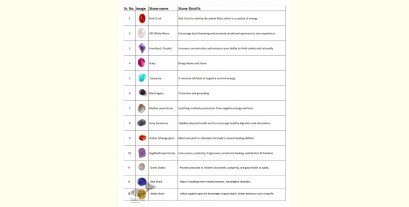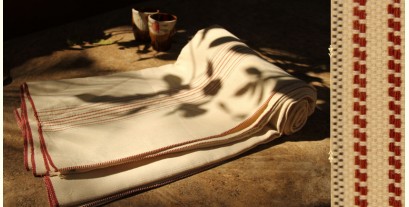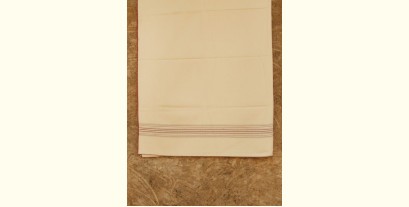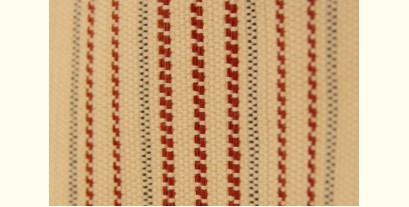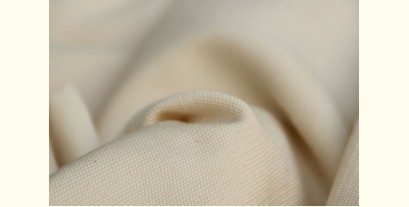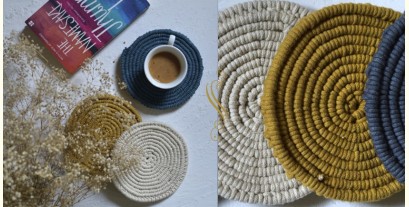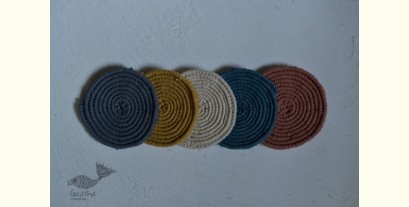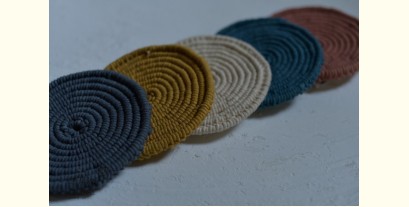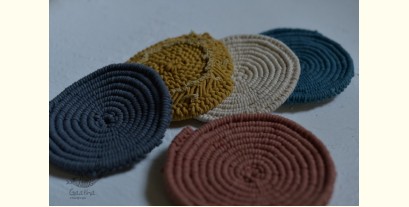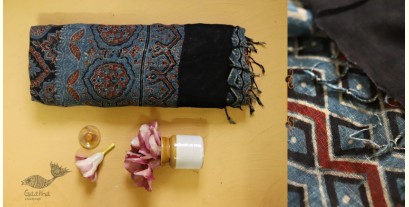The word Chikan or Chakin is of Persian origin meaning making delicate patterns on fabric. Inspired by Turkish embroidery Chikankari embroidery in its present form is believed to be introduced and flourished in India by Mughal empress Noorjehan in seventeenth century. Some designs and patterns from queen's own wardrobe, being popularly produced even today. Some of the first references of Chikan however can be found in the records of Megasthenes, a Greek traveler, who has mentioned the use of flowered muslins by Indians in the 3rd century B.C.
Chikankari is subtle embroidery, white on white, in which minute and delicate stitches stand out as textural contrasts, shadows and traceries. Some stitches are worked from the back and some from the front. In a unique Anokhi chikan, the stitches do not appear at the back. The patterns and effects depend on the stitches and the thicknesses of the threads used.
Chikankari work basically consists of a number of processes namely cutting, stitching, printing, embroidery, washing and finishing. After cutting and stitching the fabric, printing is done by using wooden blocks that are dipped in dye. This fabric is then embroidered. Traditionally, different artisan families practiced and perfected one type of stitch and it would therefore often take between three to four craftsmen to embroider a single garment.
The stitches in are divided into mainly three heads:
Flat stitches - Taipchi, Pashni, Bakhia, Dhoom
Embossed stitches - Murri, Pahanda
Jaali - Siddhaur, Bulbul
Frames are used to maintain the right tension of fabric and uniformity in the stitches. The embroidery is done on the printed designs. Different people specializing in different kinds of stitching contribute to the finished piece.
Washing is the last stage and is very important. After the garment goes through the preceding steps, it becomes so dirty that the finer flaws are not seen unless it is washed.
White thread is embroidered on cool, pastel shades of light muslin and cotton garments. Nowadays Chikan embroidery is also done with colored and silk threads in colors, to meet the fashion trends and keep the craft up-to-date. Lucknow is the heart of the Chikankari industry today and the variety is known as Lucknawi Chikan.
| Craftsmen |
|
| Made by |
Artisans works with Sarausi Lifestyle Pvt. Ltd. |
| City |
Suraiya (Lucknow based CHIKANKARI Artisans)
|
| Returns and Exchange |
|
| Note |
The items in this category are not refundable. The product is only eligible for a refund only if you receive it damaged or defected. The products in this category is handmade. These might slightly differ from as seen on digital screen. |
| Material |
|
| Made of |
Handloom cotton |
| Instruction |
|
| Care |
" *Hand-wash separately or Dry-clean.
*Use mild detergent and cold water.
*Do not brush and scrub. Do not bleach.
*Do not use a solid bar of soap directly.
*Dry in shade.
*Do not iron directly on embellishment. "
|
| Restrictions |
|
| COD - Option |
Not Available |

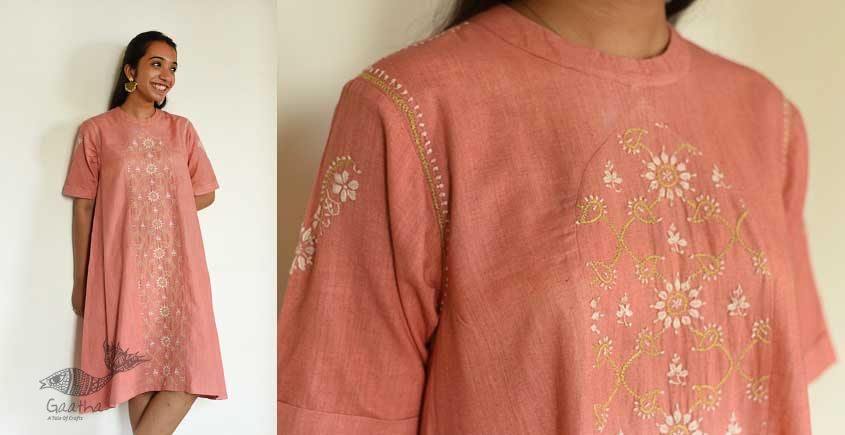
-170x90.jpg)
-170x90.jpg)
-170x90.jpg)
-170x90.jpg)
-170x90.jpg)
-170x90.jpg)
-170x90.jpg)



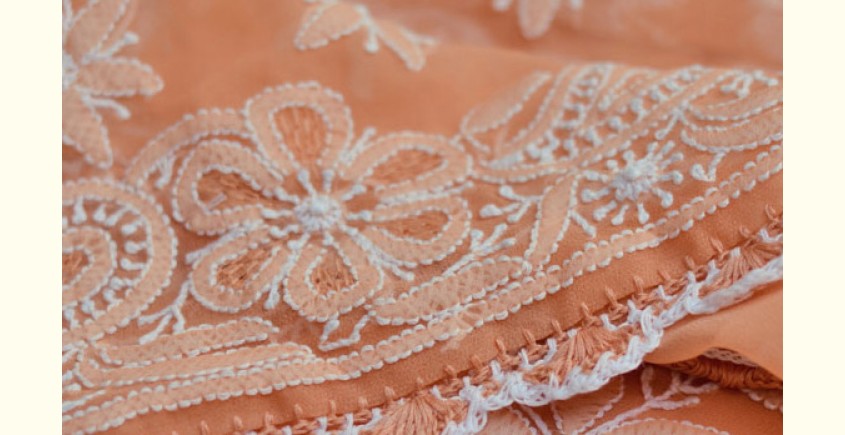
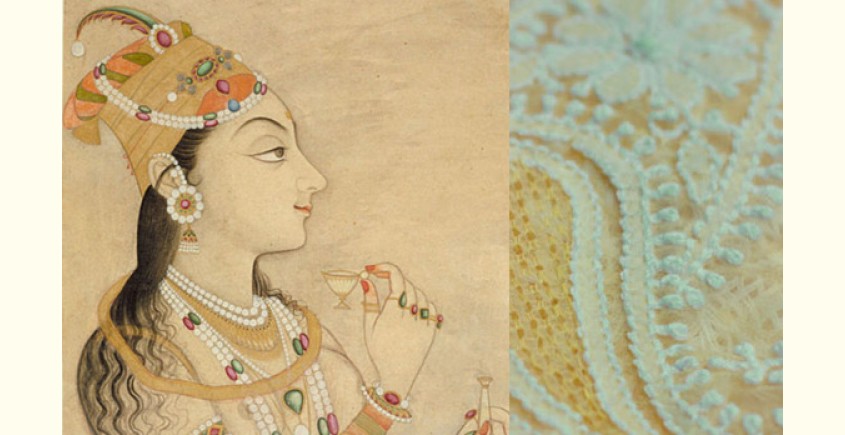
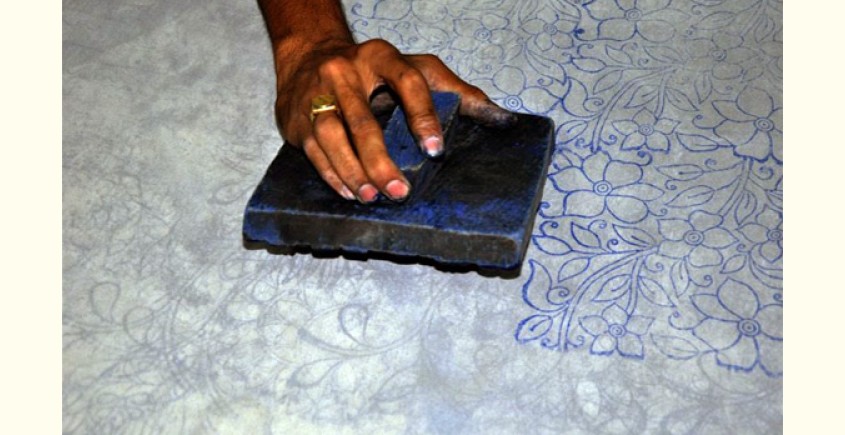
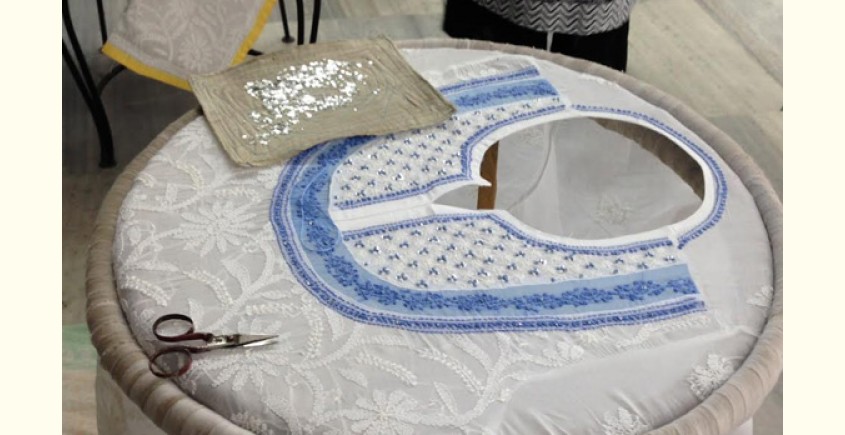
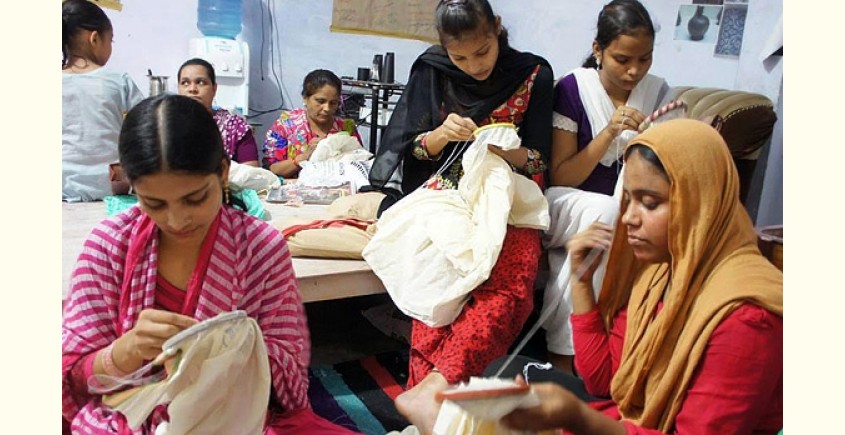
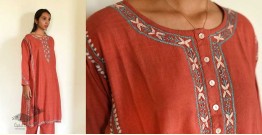
-262x135.jpg)
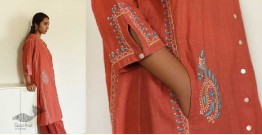
-262x135.jpg)
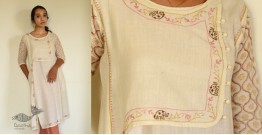
s-262x135.jpg)
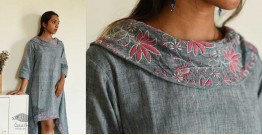
-262x135.jpg)
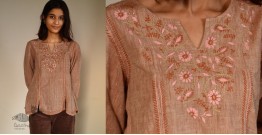
-262x135.jpg)
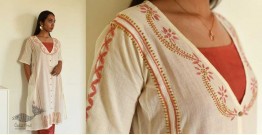
-262x135.jpg)
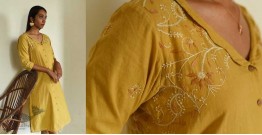
-262x135.jpg)
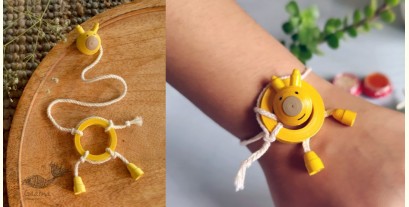
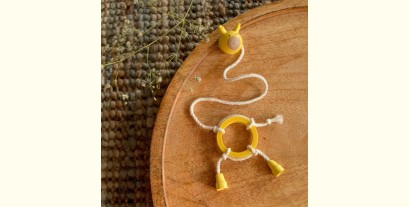
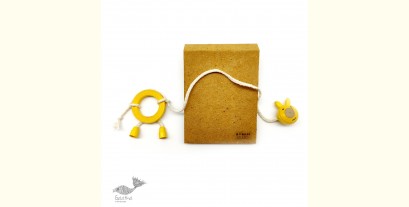
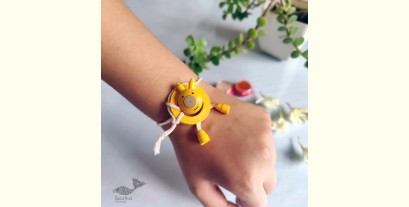
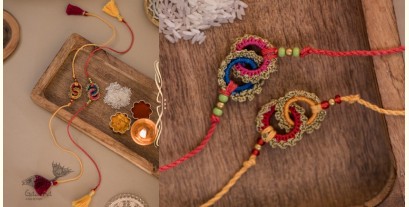
-409x207.jpg)
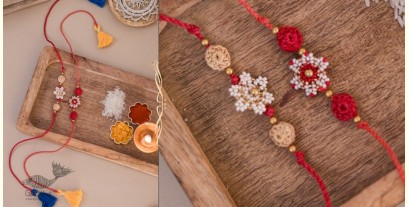
-409x207.jpg)
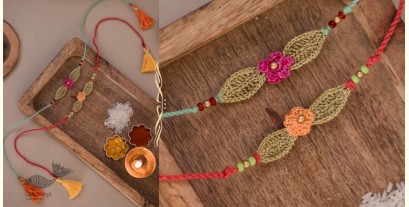
-409x207.jpg)
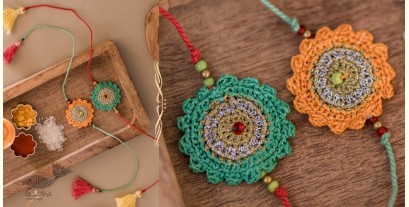
-409x207.jpg)
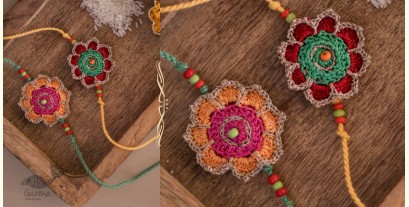
-409x207.jpg)
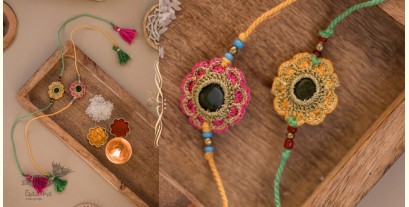
-409x207.jpg)
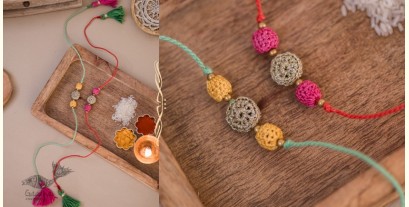
-409x207.jpg)
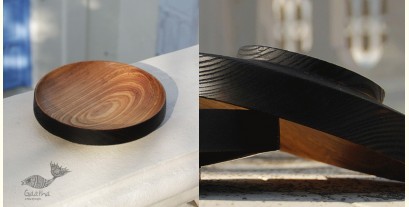
-409x207.gif)
-409x207.jpg)
-409x207.jpg)
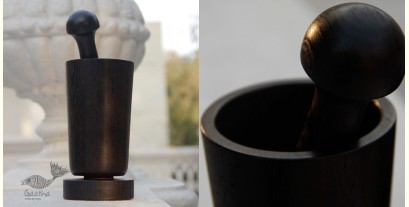
-409x207.jpg)
-409x207.jpg)
-409x207.jpg)
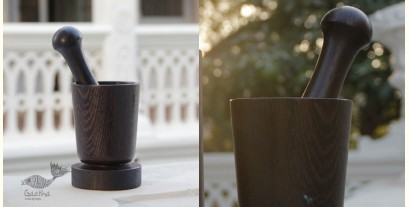
-409x207.jpg)
-409x207.jpg)
-409x207.jpg)
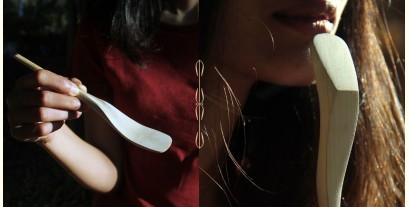
-409x207.jpg)
-409x207.jpg)
-409x207.jpg)
-409x207.jpg)

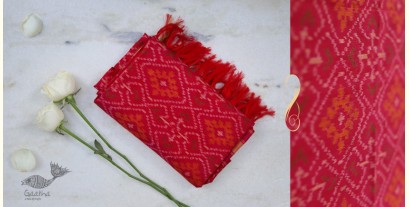
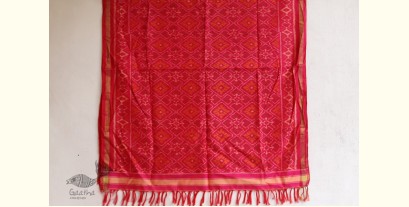
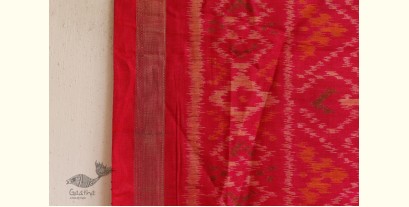
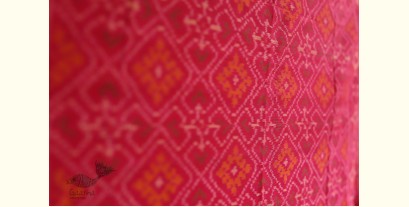
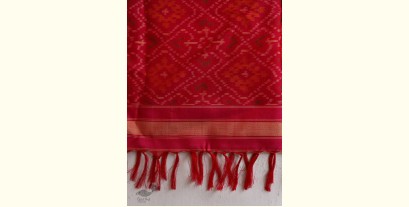
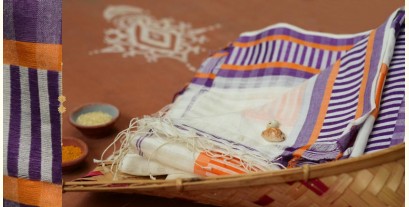
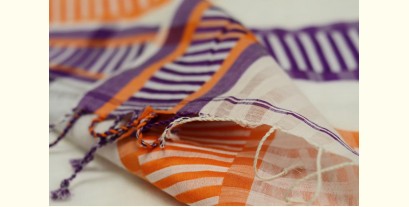
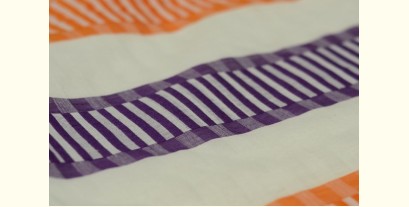
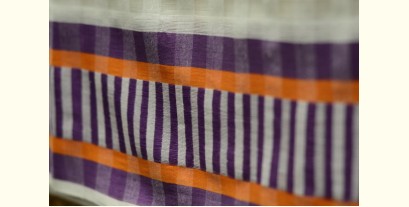

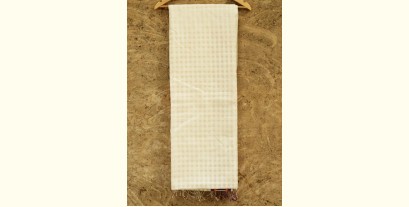
/29_08_2019/Saalmi-❋-Assamese-Silk-Saree-❋-10-409x207.jpg)
/29_08_2019/B10-1-409x207.jpg)
/29_08_2019/B10-2-409x207.jpg)
/29_08_2019/B10-3-409x207.jpg)
/29_08_2019/B10-4-409x207.jpg)
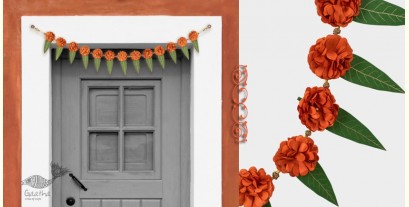
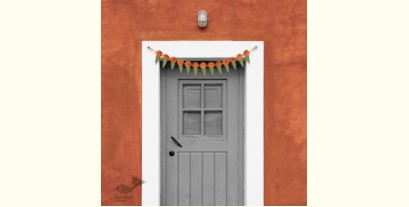
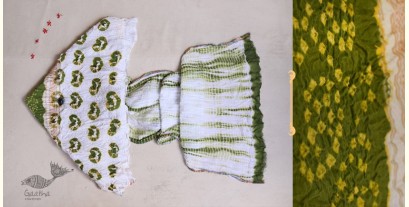
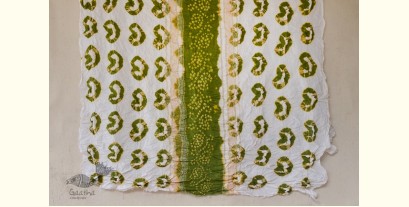
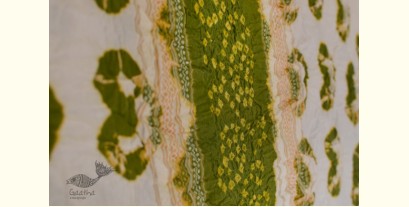
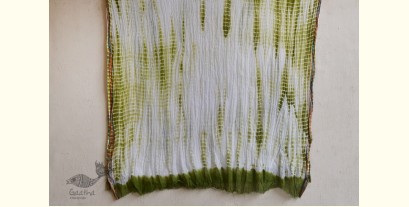
/30_03_2023/Handmade-From-Bamboo-Miniature-Chakki-409x207.jpg)
/30_03_2023/04-1-409x207.jpg)
/30_03_2023/04-2-409x207.jpg)
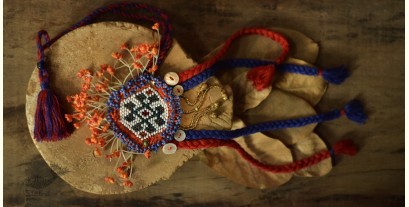
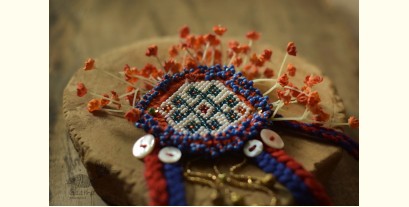
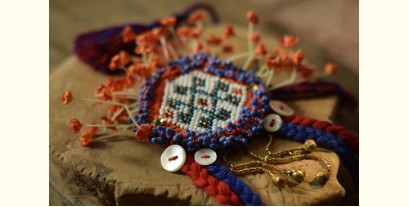
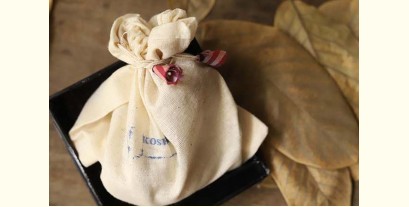
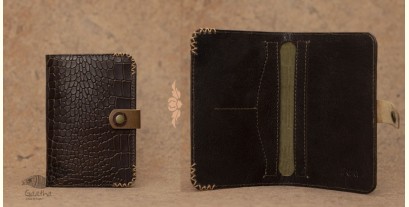
-409x207.jpg)
-409x207.jpg)
-409x207.jpg)
-409x207.jpg)
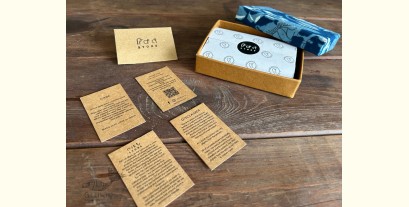
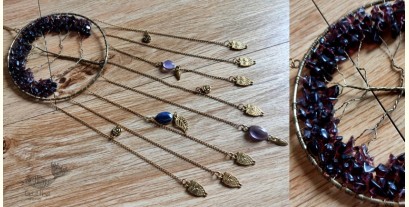
-409x207.jpg)
-409x207.jpg)
-409x207.jpg)
-409x207.jpg)
